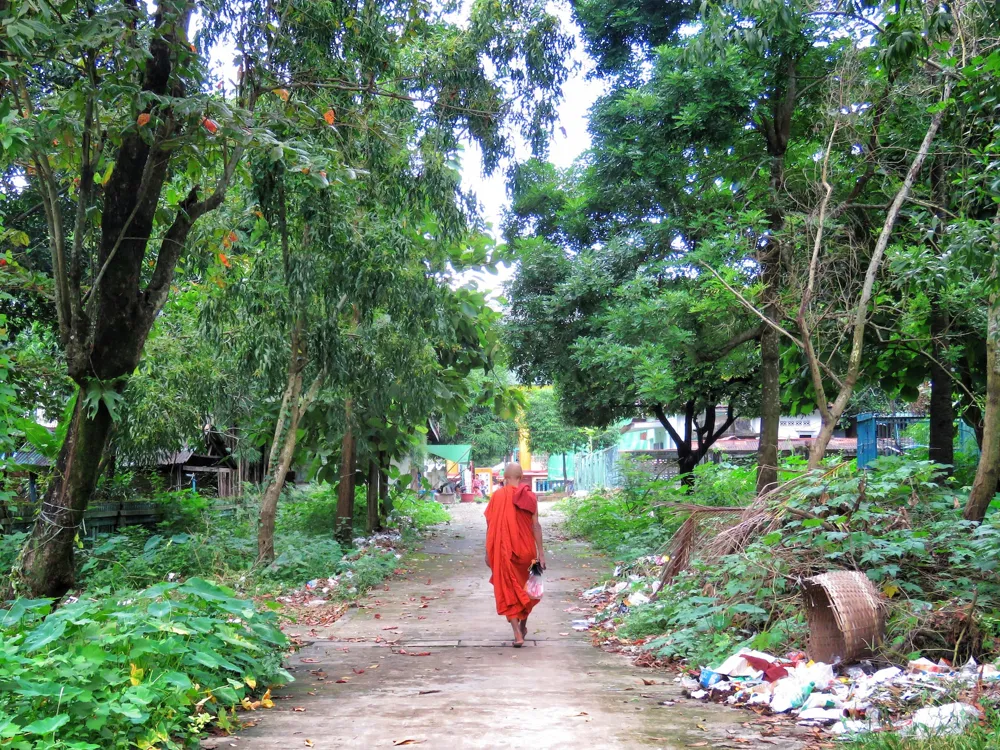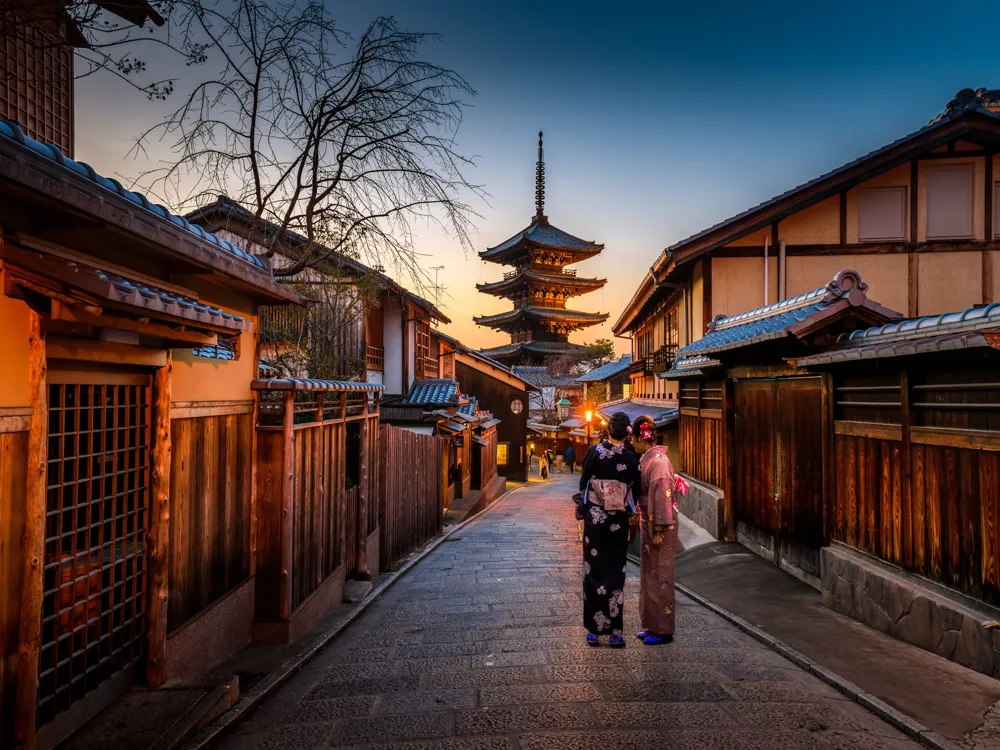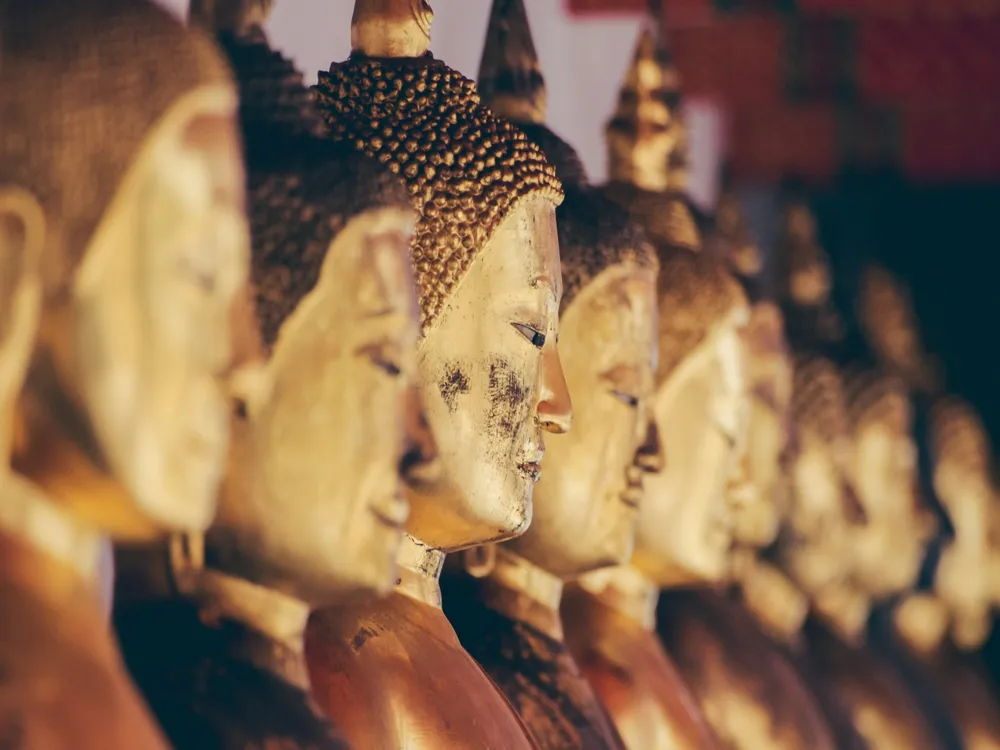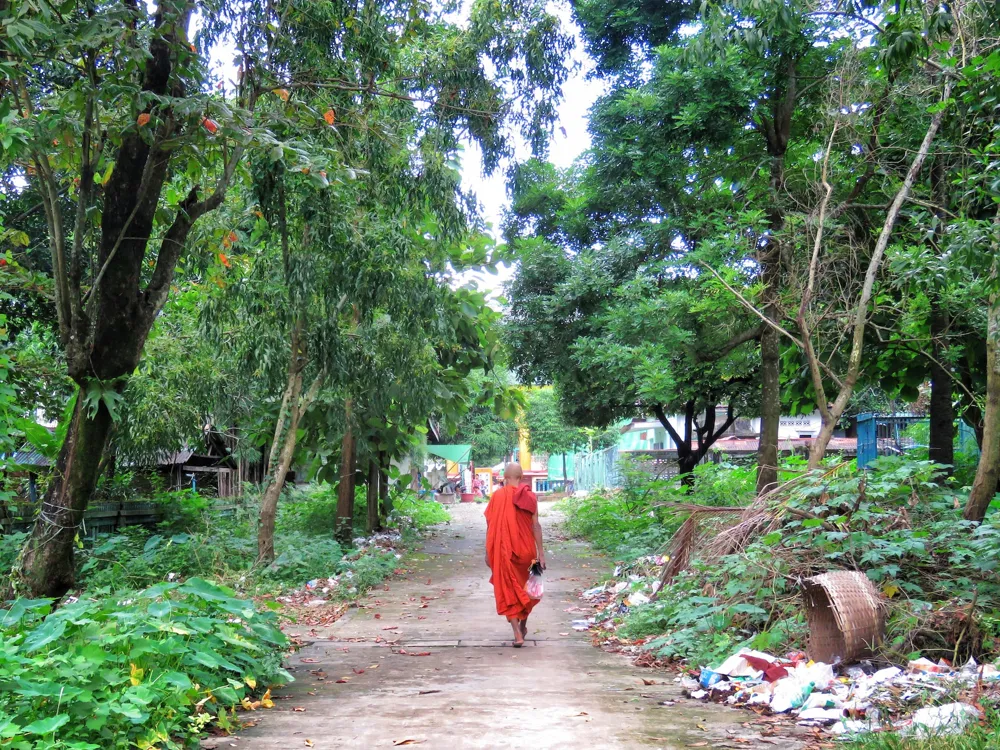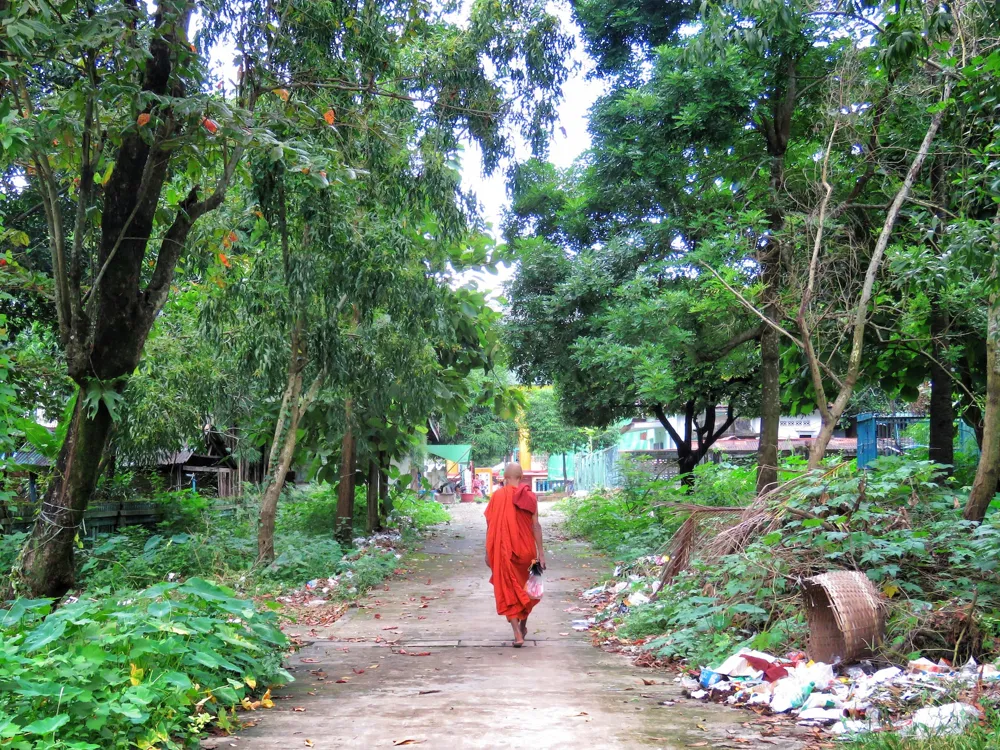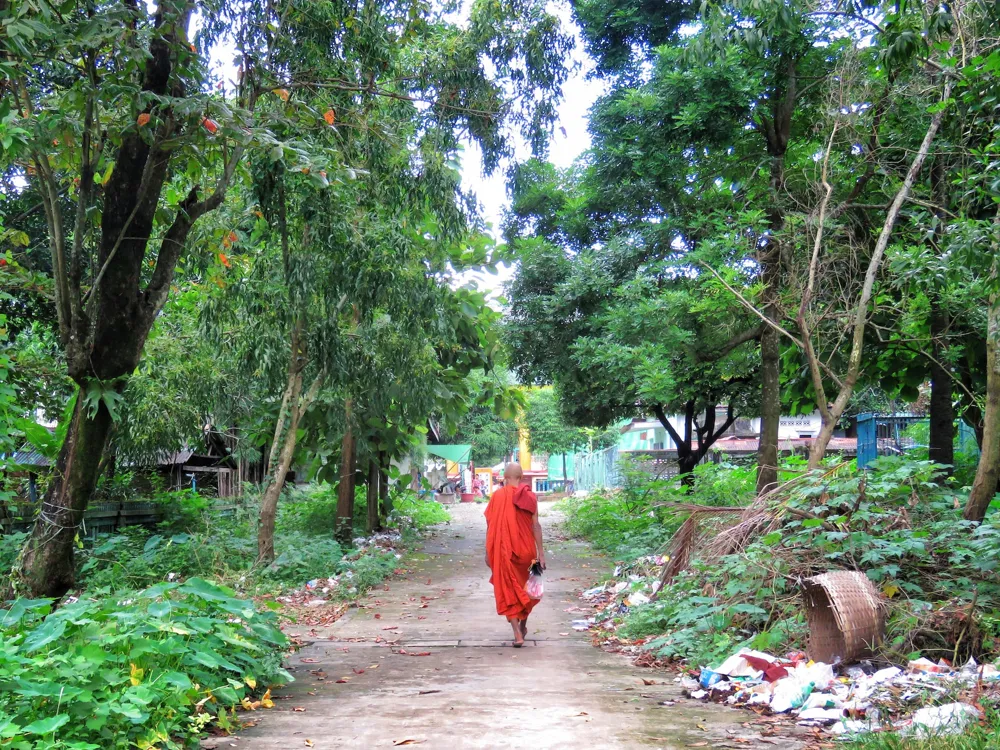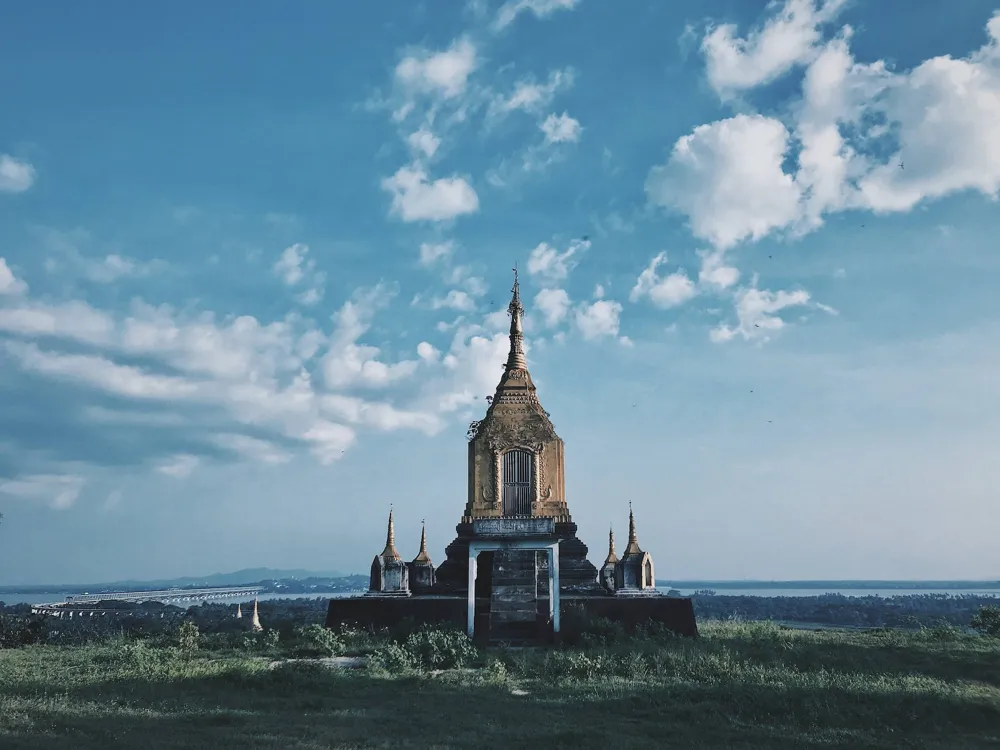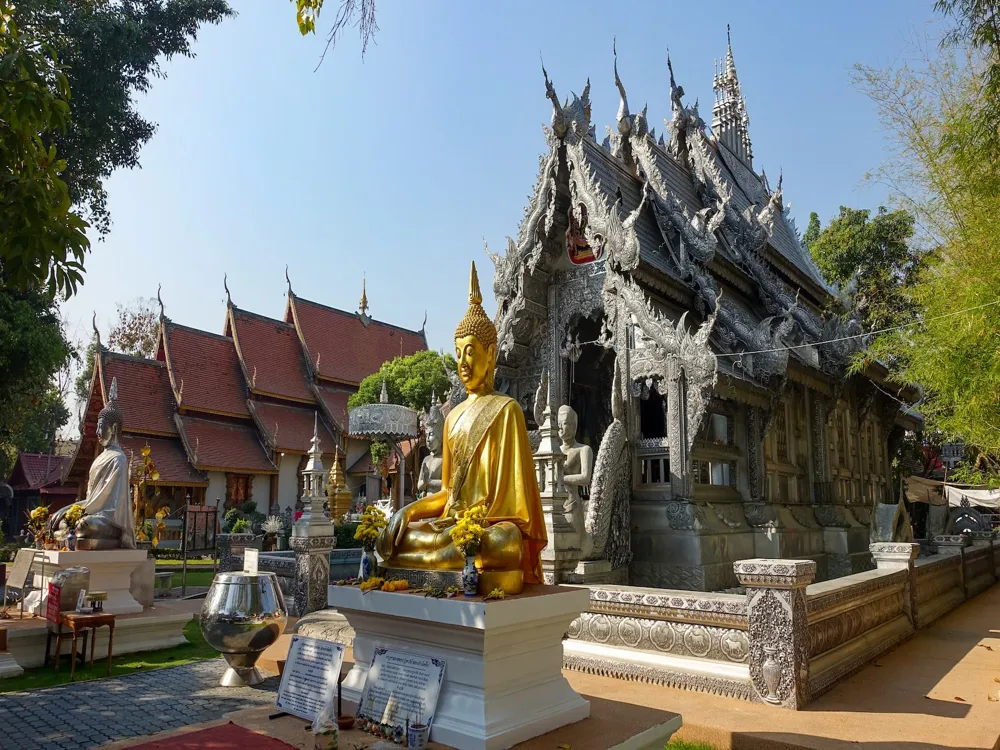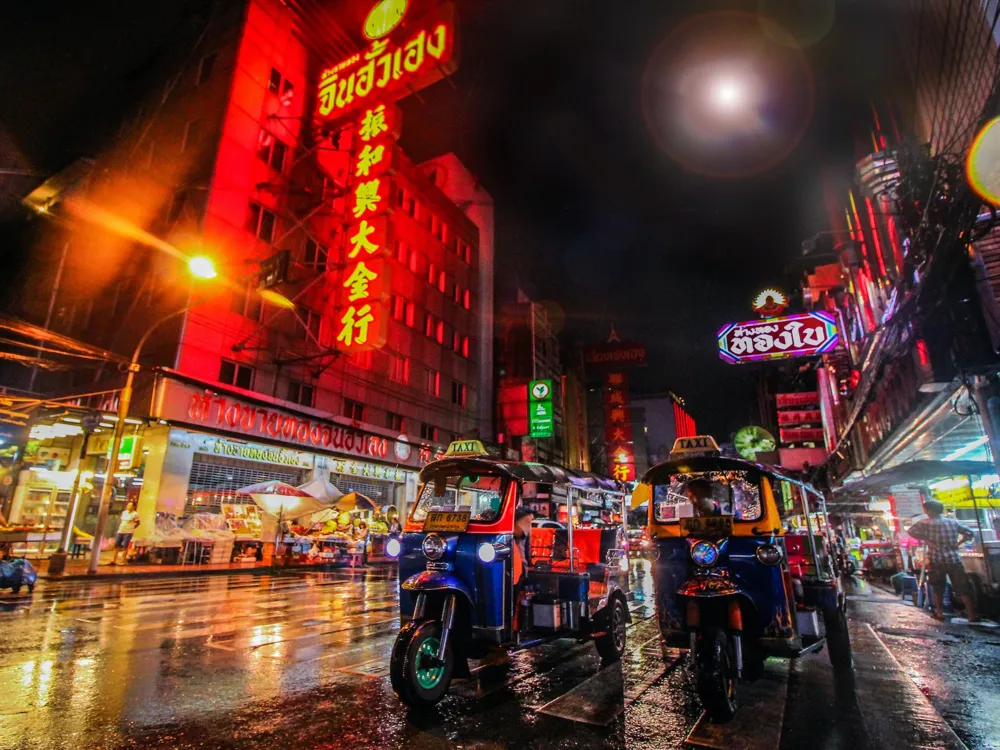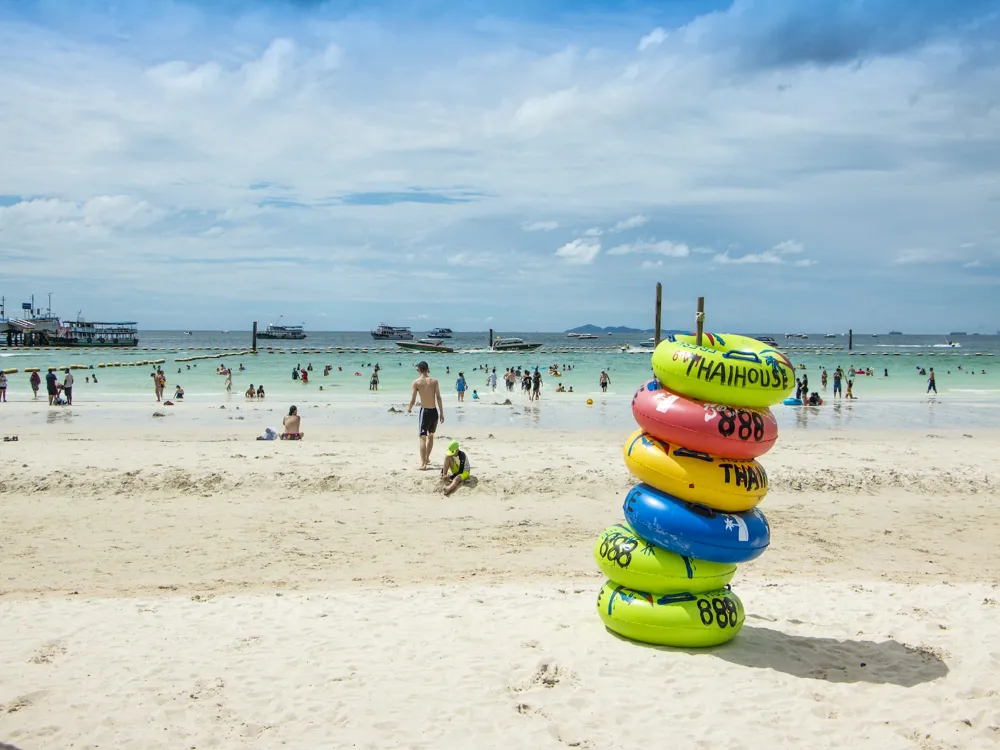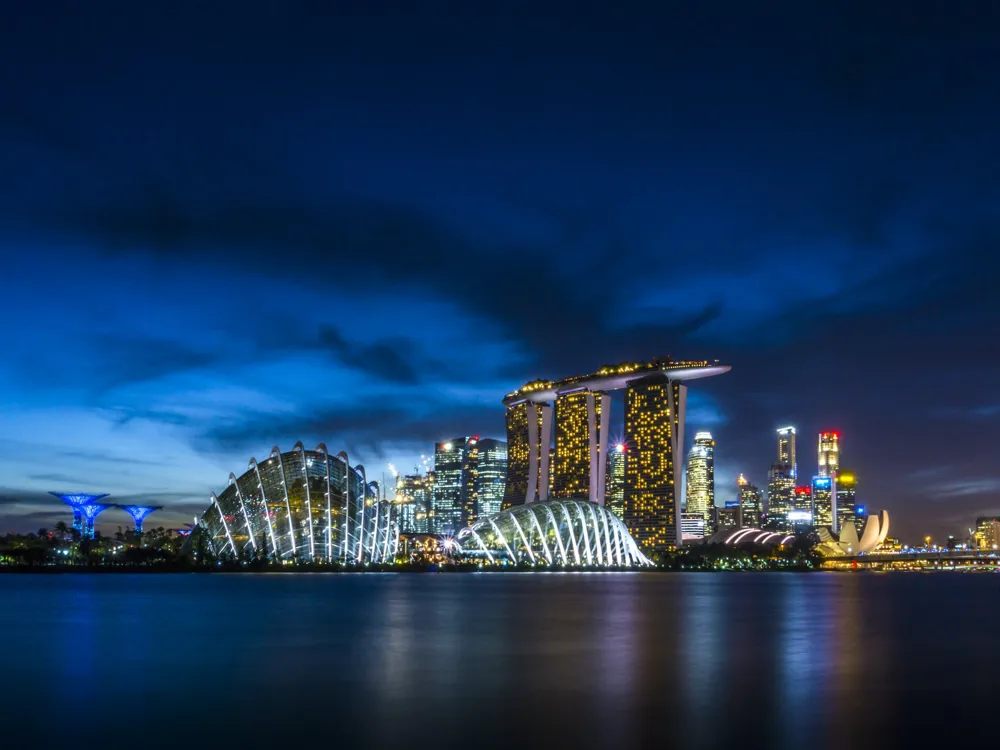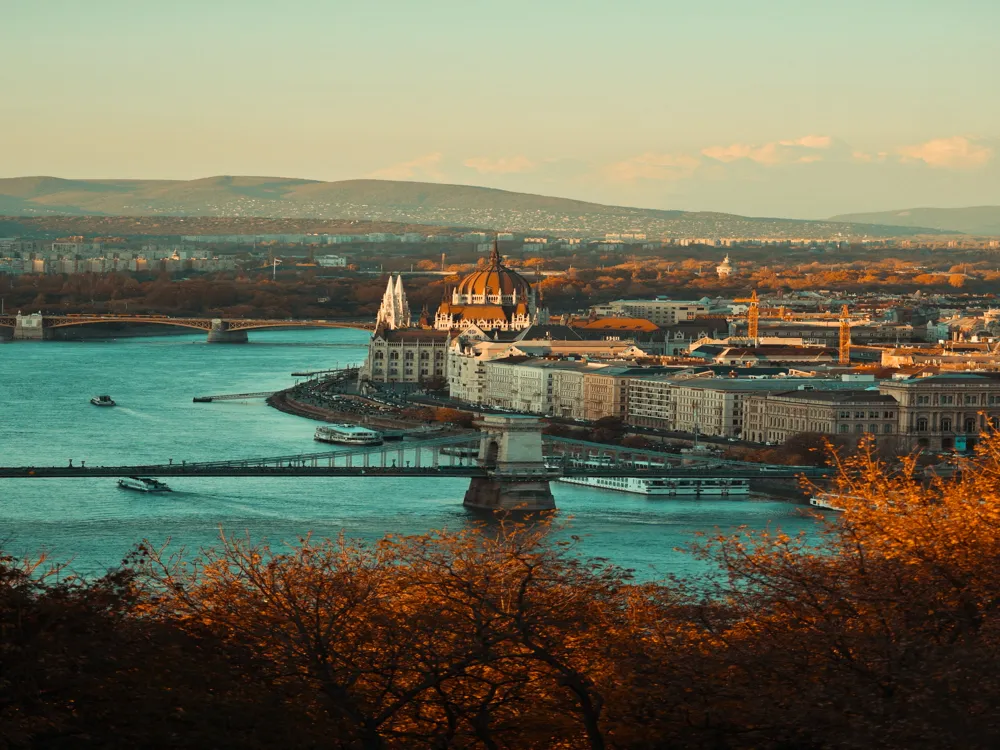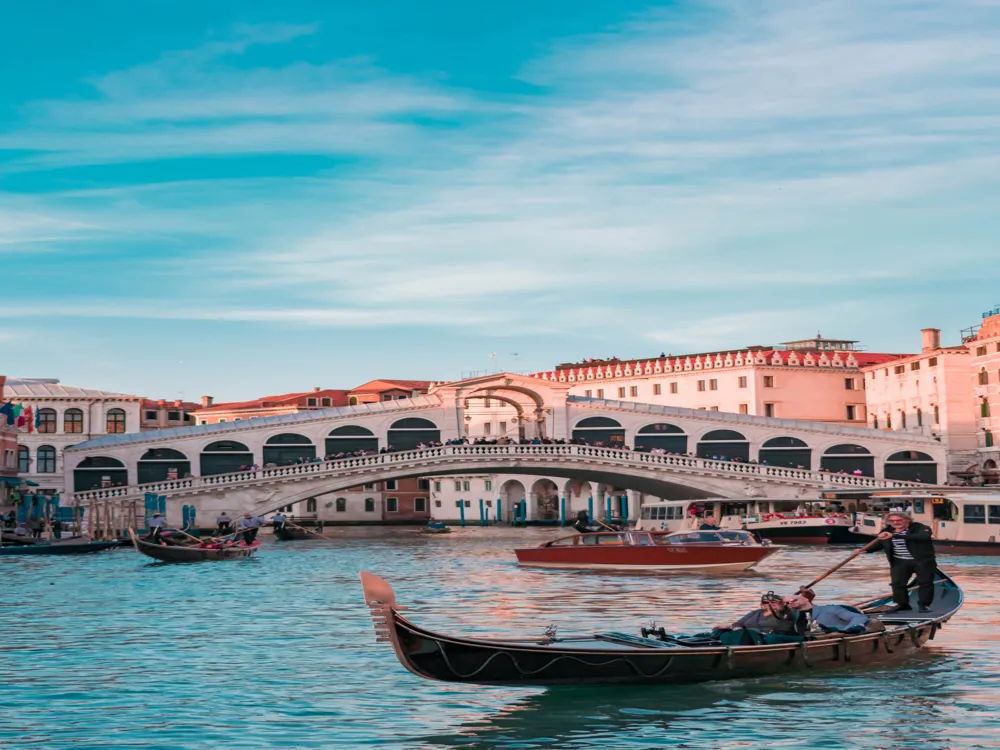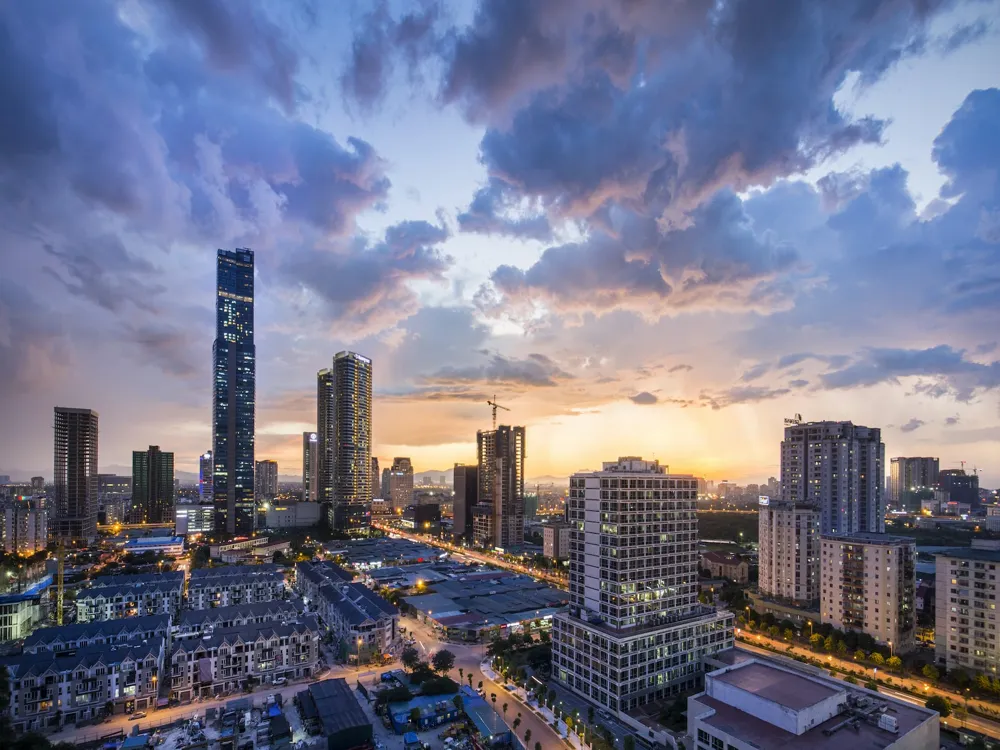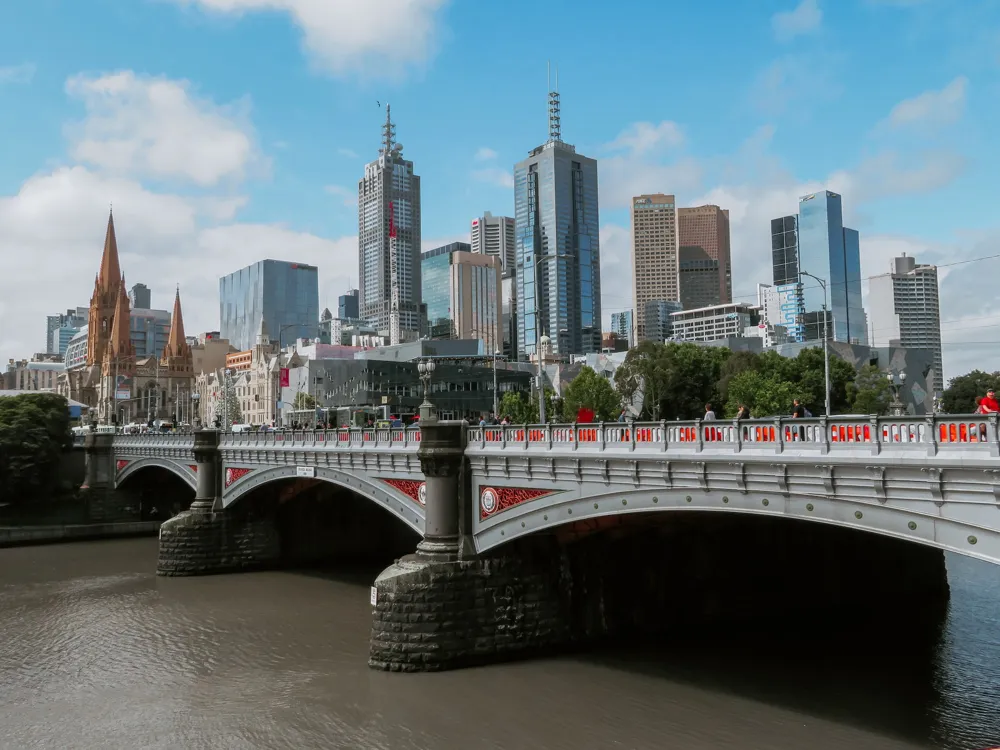Shwegugale Paya, a historic and majestic pagoda located in Bago, Myanmar, stands as a testament to the rich cultural and religious heritage of the region. Known for its stunning architecture and spiritual significance, the pagoda attracts visitors and pilgrims from around the world. Dating back to the 16th century, Shwegugale Paya was built during the reign of the Mon Kingdom, reflecting the era's artistic and architectural prowess. The pagoda is renowned for its unique design, featuring a series of intricate carvings and embellishments that adorn its exterior and interior walls. These carvings depict various scenes from Buddhist mythology and local folklore, offering a glimpse into the spiritual and historical narratives cherished by the Burmese people. The central stupa, gilded and shining, rises majestically against the backdrop of the Bago skyline, serving as a symbol of peace and enlightenment. Surrounding the main stupa are several smaller stupas and prayer halls, each with its distinct style and significance. The harmonious blend of Mon and Burmese architectural elements makes Shwegugale Paya a fascinating site for history enthusiasts and architectural scholars. The pagoda's layout, which follows traditional Buddhist cosmology, is designed to guide visitors on a spiritual journey, leading them through a series of sacred spaces that culminate at the central stupa. Visitors to Shwegugale Paya often comment on the tranquil atmosphere of the site. The rustling of the leaves, the gentle chime of the temple bells, and the soft murmur of prayers create a meditative ambiance that envelops the pagoda. This sense of peace is further enhanced by the lush greenery and well-maintained gardens that surround the temple grounds, offering a natural retreat for those seeking solace and reflection. The cultural significance of Shwegugale Paya extends beyond its religious aspects. It serves as a hub for community gatherings, festivals, and traditional ceremonies. During special occasions, the pagoda comes alive with colorful decorations, music, and dance performances, showcasing the vibrant local customs and traditions. The pagoda also plays a vital role in the preservation of Burmese arts and crafts, with local artisans often displaying their skills in creating religious artifacts and souvenirs. As a historical landmark, Shwegugale Paya has witnessed the ebb and flow of Myanmar's history. It has survived periods of turmoil and change, serving as a beacon of hope and resilience for the local community. The pagoda's enduring presence is a reminder of the timelessness of spiritual values and the enduring nature of cultural heritage. In summary, Shwegugale Paya is not just a monument of religious importance but a living testament to the rich tapestry of Myanmar's history, culture, and spirituality. Its architectural grandeur, coupled with its deep spiritual ambiance, makes it a must-visit destination for anyone exploring the wonders of Bago. The architecture of Shwegugale Paya is a splendid example of the fusion of Mon and Burmese styles, reflecting the rich cultural amalgamation of Myanmar. The main stupa, standing at the heart of the pagoda complex, is an architectural marvel, featuring a bell-shaped dome that is characteristic of traditional Burmese stupas. The dome is topped with a 'hit' (umbrella-like crown), intricately decorated with jewels and gold, symbolizing the divine realm. The base of the stupa is surrounded by terraces, each adorned with detailed carvings and statues of mythical creatures, such as the 'chinthe' (lion-like figures), which are believed to protect the sacred site. These terraces provide a panoramic view of the entire temple complex and the surrounding landscape, offering a unique perspective on the architectural layout of the pagoda. One of the most striking features of Shwegugale Paya's architecture is the use of intricate stucco work. This art form, which involves creating decorative plasterwork, is evident in the elaborate motifs and designs that cover the temple walls. These designs often depict scenes from the Jataka tales (stories of the Buddha's previous lives) and are a testament to the skilled craftsmanship of the Burmese artisans. The interior of the pagoda is equally impressive, with high ceilings, ornate columns, and golden statues of the Buddha. The walls are adorned with murals and paintings, some of which date back centuries, showcasing the evolution of Burmese art and religious iconography. The use of natural light, through strategically placed windows and openings, enhances the spiritual ambiance of the interior spaces. The pagoda complex also includes several ancillary structures, such as prayer halls, meditation centers, and living quarters for monks. These buildings are designed in harmony with the main stupa, maintaining the aesthetic and spiritual coherence of the site. The use of local materials, such as teak wood and sandstone, in these structures reflects the pagoda's integration with the natural environment and local traditions. In essence, the architecture of Shwegugale Paya is a vivid narrative of Myanmar's architectural evolution, blending religious symbolism, artistic expression, and functional design. It stands as a proud symbol of the country's architectural heritage and continues to inspire awe and reverence among all who visit. Visitors should wear modest clothing that covers shoulders and knees, as a sign of respect for the religious nature of the site. It's important to observe and respect local customs, such as removing shoes before entering the temple premises. Consider taking a guided tour to gain deeper insights into the history and significance of the pagoda. While photography is generally allowed, it's respectful to avoid taking pictures during prayer or religious ceremonies. Visit during the early morning or late afternoon to avoid the heat and enjoy a more peaceful experience. Shwegugale Paya is accessible from Yangon, the largest city in Myanmar. The most common means of transportation is by road, with buses and taxis readily available. The journey takes approximately 1.5 hours by car. For those seeking a more adventurous route, local trains offer a scenic journey to Bago, though travel times are longer. Once in Bago, Shwegugale Paya is easily reachable by local tuk-tuks or on foot, as it is a prominent landmark within the city. Read More:Overview of Shwegugale Paya
Architecture of Shwegugale Paya
Tips When Visiting Shwegugale Paya
Dress Appropriately
Respect Local Customs
Guided Tours
Photography Etiquette
Plan Your Visit
How To Reach Shwegugale Paya
Shwegugale Paya
Bago
NaN onwards
View bago Packages
Weather :
Tags : Buddhist Temple
Opening hours : 8:00 AM - 5:00 PM
Ticket details : MMK 10,000 for foreigners for Bago Archaeological Zone which includes entry to all sites.
Planning a Trip? Ask Your Question
Bago Travel Packages
View All Packages For Bago
Top Hotel Collections for Bago

Private Pool

Luxury Hotels

5-Star Hotels

Pet Friendly
Top Hotels Near Bago
Other Top Ranking Places In Bago
View All Places To Visit In bago
View bago Packages
Weather :
Tags : Buddhist Temple
Opening hours : 8:00 AM - 5:00 PM
Ticket details : MMK 10,000 for foreigners for Bago Archaeological Zone which includes entry to all sites.
Planning a Trip? Ask Your Question
Bago Travel Packages
View All Packages For Bago
Top Hotel Collections for Bago

Private Pool

Luxury Hotels

5-Star Hotels

Pet Friendly







